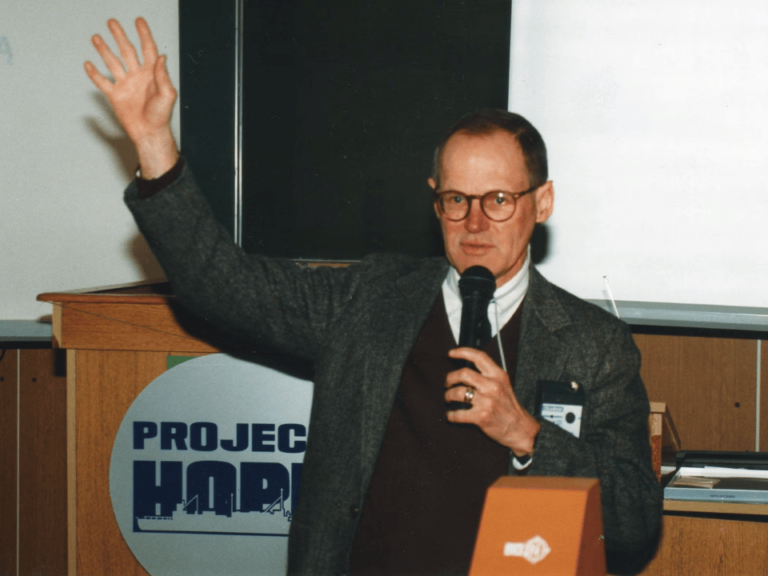NCI’s Surveillance, Epidemiology, and End Results Program in the Division of Cancer Control and Population Sciences at NCI is marking 50 years of cancer surveillance.
SEER, an authoritative source of information on cancer rates and trends nationwide, comprises 18 population-based central cancer registries that submit data to NCI and 10 additional registries that provide research support.
SEER’s 50th anniversary has been previously covered in this column, with historical articles by NCI and a timeline of The Cancer Letter’s coverage since 1980 (The Cancer Letter, Sept. 29, 2023).
The following videos, contributed to the Cancer History Project by NCI, celebrate this milestone.


Video: The history of SEER registries
National Cancer Institute, Dec. 8, 2023
To better address the burden of cancer, we need data. Since 1973, SEER Registries have collected data on cancer throughout the United States.
We began with a few registries in four states and began expanding to other areas to include more representation from all racial and ethnic groups so that we can better prevent, diagnose, and treat cancer.
Over time, SEER has become a leading source of information on cancer incidence and survival in the United States.


Video: 50 years of SEER
National Cancer Institute, Dec. 8, 2023
Each year, cancer registries collect data on hundreds of thousands of cancer cases across the United States. The National Cancer Institute has a program that helps us make sense of all that data. Launched in 1973, the Surveillance, epidemiology, and End Results Program.
SEER collects and transforms enormous amounts of registry data into information we can understand. For 50 years, the program has continuously expanded and enhanced the data it collects giving us a clearer view of cancer trends. We’ve come a long way. In the beginning, registries reviewed paper-based records at hospitals. SEER would report on that data in its cancer Statistics Review issued as a book initially and then as a PDF online.
Over time, registries began receiving electronic medical records, but continued to review each document manually. Today with advancements in natural language processing and artificial intelligence, registries are beginning to capture information from electronic medical records automatically or semi automatically. But what really sets SR apart from other cancer surveillance programs are its powerful analytical tools. SEER provides quick interactive online tools and customized software, making it easy to view cancer statistics rates, and trends.
For 50 years, SEER has been on the cutting edge of statistical methods for cancer surveillance, and for the next 50 and beyond, we’ll continue to pursue our mission of turning cancer data into discovery. Visit seer.cancer.gov/registries to learn more.
This column features the latest posts to the Cancer History Project by our growing list of contributors.
The Cancer History Project is a free, web-based, collaborative resource intended to mark the 50th anniversary of the National Cancer Act and designed to continue in perpetuity. The objective is to assemble a robust collection of historical documents and make them freely available.
Access to the Cancer History Project is open to the public at CancerHistoryProject.com. You can also follow us on Twitter at @CancerHistProj, or follow our podcast.
Is your institution a contributor to the Cancer History Project? Eligible institutions include cancer centers, advocacy groups, professional societies, pharmaceutical companies, and key organizations in oncology.
To apply to become a contributor, please contact admin@cancerhistoryproject.com.










